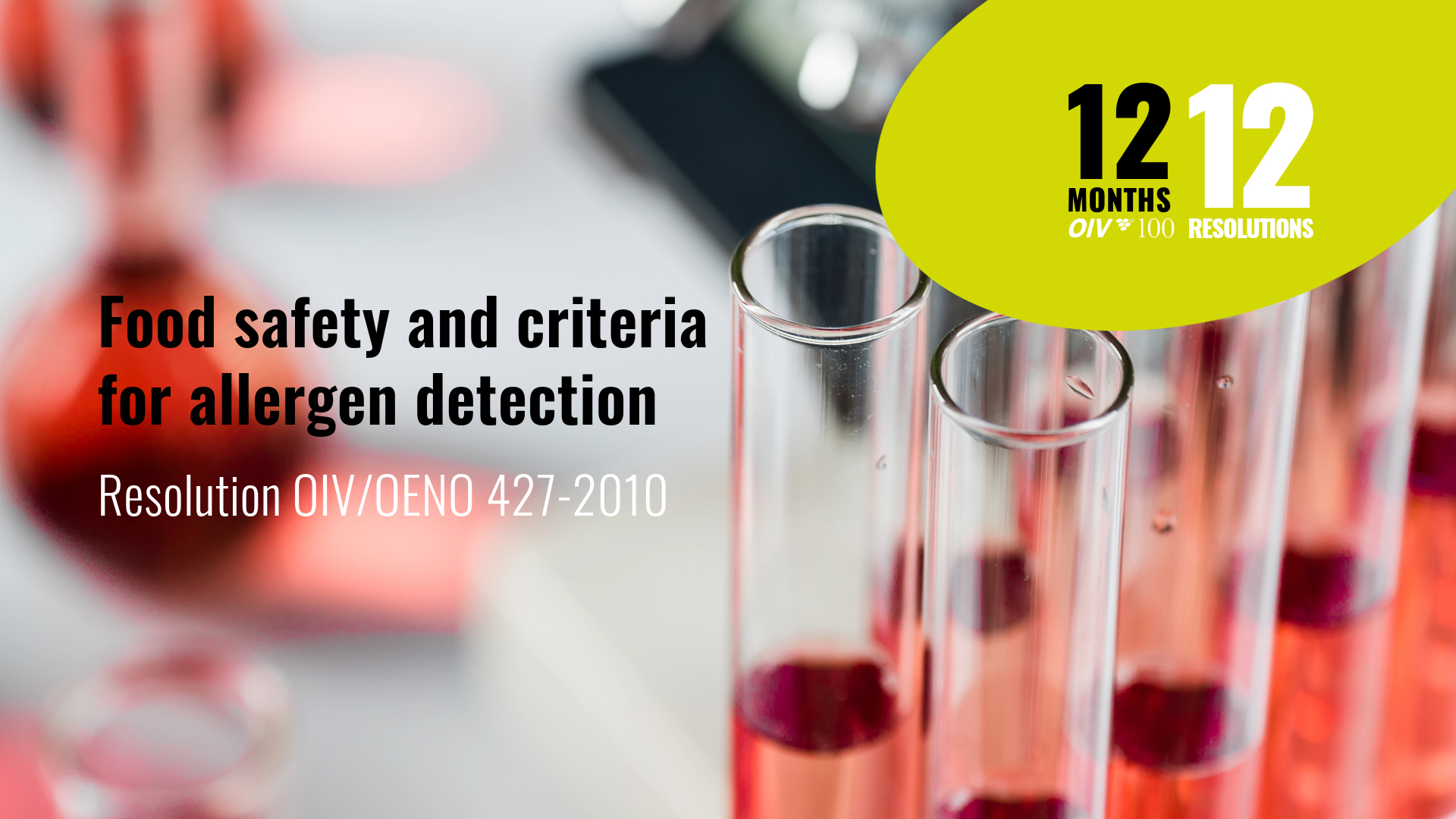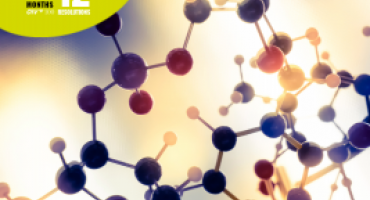As the International Organisation of Vine and Wine (OIV) marks its centenary, attention is drawn to different topics that shape the international grape and wine sector, such as food safety. Resolution OIV/OENO 427-2010 laid the first foundation for the quantification of allergens in wine, addressing the critical need to protect consumers from substances that could cause hypersensitivity.


Resolution OIV-OENO 427/2010 set the stage for identifying allergenic residues in wine
Originally adopted in 2010 by the OIV General Assembly in Tbilisi, Georgia, Resolution OIV/OENO 427-2010 set the stage for identifying allergenic residues in wine, such as proteins from fining agents. This was a crucial step in harmonising allergen identification practices across the global wine sector, ensuring that consumers are adequately informed and protected.
Accuracy as a priority
After the initial resolution OIV/OENO 427-2010, an improvement came with Resolution OIV/SECSAN 709-2022. Adopted in 2022 by the General Assembly in Mexico, this resolution introduces updated criteria that reflect the latest advancements in analytical methods. These updates include improved limits of detection and quantification, enhanced precision, recovery, specificity, and accuracy of the methods used for allergen detection. These refined criteria are fundamental for guaranteeing the accuracy and sensitivity of allergen quantification, thereby improving the reliability and effectiveness of allergen detection, in accordance with the OIV Code of Good Fining Practices for Wine (OIV/OENO 520-2014), which applies to the use of proteinaceous wine fining agents with allergenic potential. The guide recommends best practices to avoid residues, particularly from fining agents with potential allergenic properties.
Resolutions that reinforce food safety and the protection of consumer health
President of the OIV Expert Group on Food Safety, Angelika Paschke-Kratzin, emphasises the importance of this work: “Food allergies are a rising concern for more and more consumers. At least around 1% of adults are affected by food-related sensitivities or food-challenge-defined allergies. Although egg- and milk-related allergies are more common in children, there are still sensitive adults who exhibit symptoms like urticaria, exanthema, abdominal pain, or anaphylactic shock. The same is true for fish protein. Therefore, for example, in the European Union (EU) food that contains one of the listed allergens of EU Regulation 1169/2011 needs to be labelled to protect sensitive individuals in the EU. This is not only an important topic for the EU, as it is also for other countries outside EU."
In this regard, Patrizia Restani, Scientific Secretary of the Commission on Safety and Health, explains, “The 2010 resolution illustrated the reference analytical method (ELISA technique) and the required performance criteria. Among these, a Limit of Detection (LOD) of at least 0.5 mg/L and a Limit of Quantification (LOQ) of at least 1 mg/L were established. Always with a view to ensuring maximum consumer safety (even for the most sensitive individuals), the OIV decided, with Resolution OIV/SECSAN 709-2022, to enhance the performance required for ELISA methods by reducing the LOD to 0.25 mg/L and the LOQ to 0.5 mg/L. This improvement was implemented knowing that the ELISA methods developed specifically for wine analysis were capable of achieving these new performance levels."
An accurate method for the identification of allergens not only enhances consumer protection but also facilitates international trade by providing a more comprehensive and harmonised approach to allergen identification and labelling.
This ensures that wines produced and sold across the world meet consistent safety standards, aligning with the OIV’s International Standard for Wine Labelling regarding potential allergenic additives and residues.
These resolutions reinforce the OIV’s commitment to food safety and the protection of consumer health.


